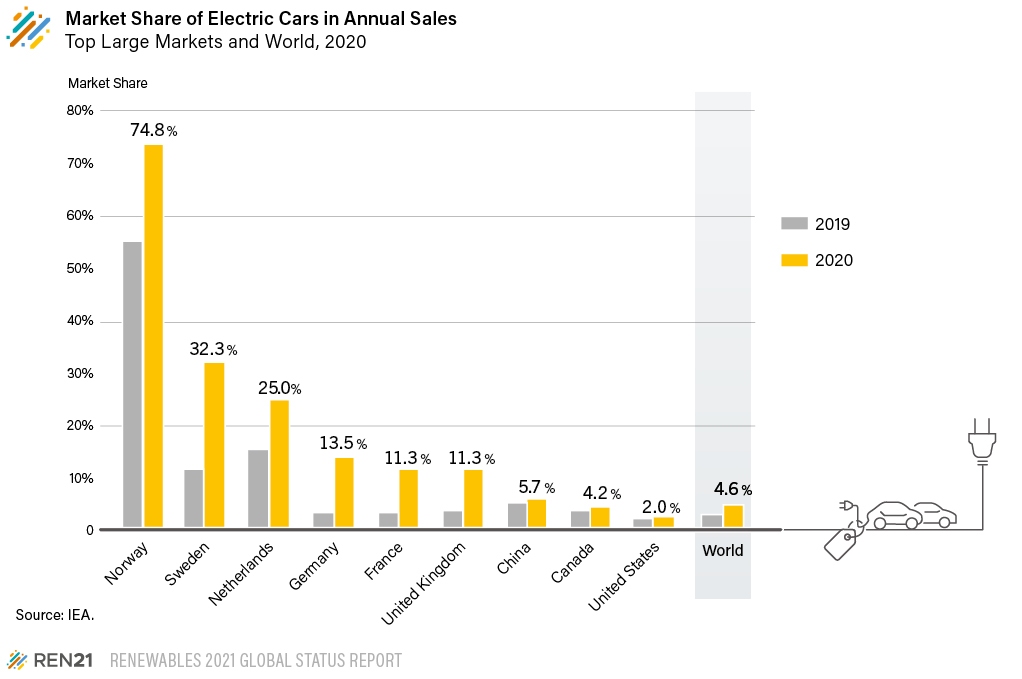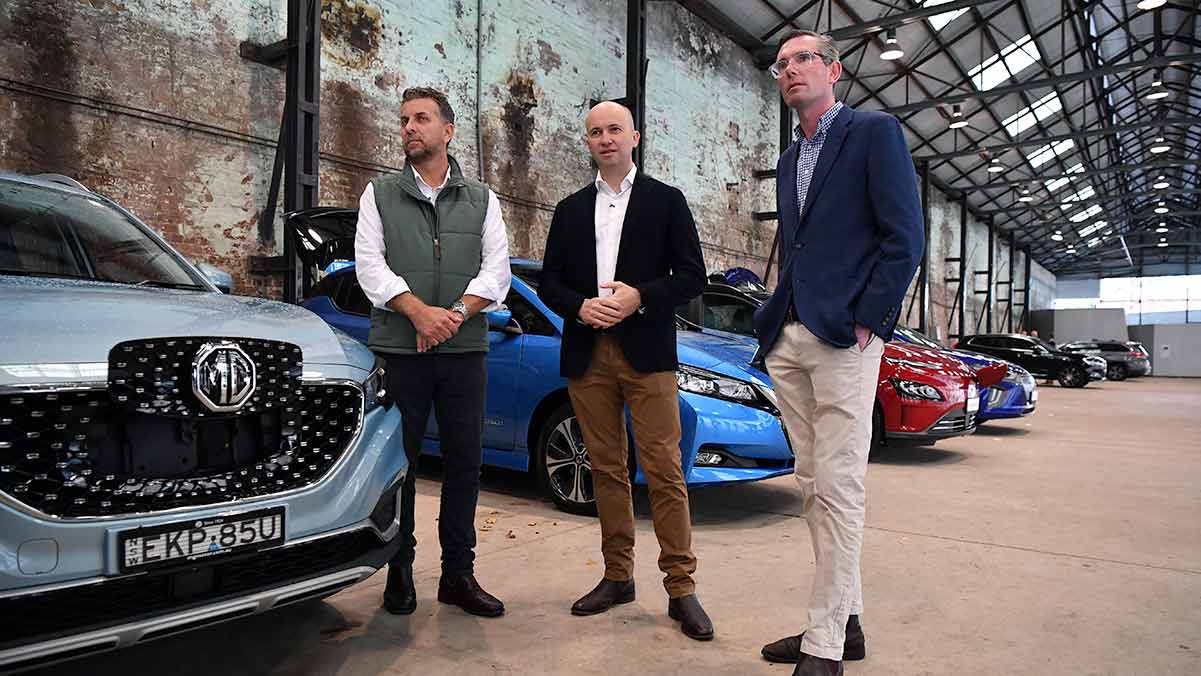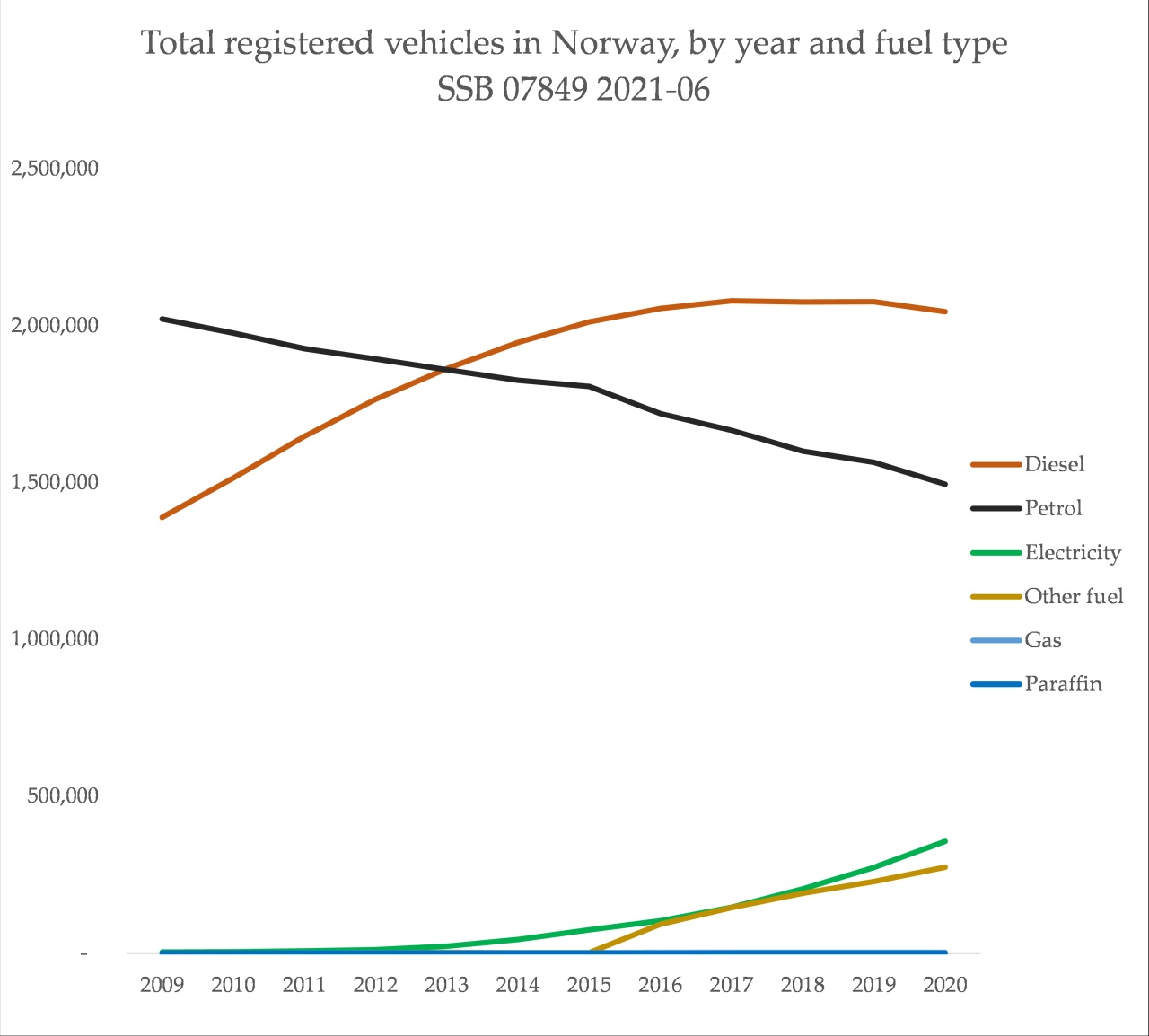Last year, NSW announced what seemed like a genuinely ambitious climate policy – the ‘Energy Infrastructure Roadmap’ (EIR), which establishes a range of incentives not specifically for wind and solar, but for enabling associated machines, like energy storage, hydro, and power lines. I treated it like I treat any state climate policy: with a healthy dose of skepticism. For some time, I’ve felt state governments were being given a free pass on some climate failures so I try to be a little suspicious.
But by the modelling they provided, and by my own reckoning, the EIR actually results in notably lower emissions than without the policy. It does continue the odd practice of only dealing with the inevitable exit of coal plants in whispered tones, but that’s better than not dealing with it at all. Recently, the NSW government announced that the EIR is expected to attract a cool $32 billion worth of investment over the next decade, with $380m over the next four years coming from the state government’s budget, to be handed down today.
They almost make it look easy. And it’s off the back of this policy that NSW Environment Minister Matt Kean announced a first foray into perhaps an even more sensitive area: road transport, and electric vehicles. That policy entails a range of tax exemptions tailored towards cheaper EVs, with the aim of increasing the rate of growth of electric vehicles such that 50% of new vehicle sales are electric, by the year 2030. No stamp duty for cheaper EVs, rebates of $3k for a batch of first-come-first-served purchases, and $171m for new charging infrastructure, in addition to funding for government fleets.
But some key questions popped into my mind.
How ambitious is it?
The paper released alongside the study offers some hard data on this, comparing the potential EV uptake under the incentives to those without, and also compared to only implementing road user charging for EVs:
It’s tough to read off the chart, but by 2030, by default, road-user charging would result in a share of 33% sales of EVs, the ‘baseline’ would be 37%, and the new policy’s impact is pushing that up to 45%. By 2036, that’s a baseline of 58% compared to the policy’s impact pushing it to 74%.
Here’s something important: this isn’t measure of emissions reductions. I live in the country with the highest shares of EVs in the world by a comfortable margin – in 2020, 75% of new vehicle sales were electric in Norway. Minister Kean very explicitly compared the policy to Norway.
Our plan to charge up the Nation and make NSW the Norway of Australia when it comes to EVs. Read about it here 👉 https://t.co/sBIkGuAN1v pic.twitter.com/xY35soDq2l
— Matt Kean MP (@Matt_KeanMP) June 19, 2021
Putting aside the many other things you’d need to do to become the Norway of Australia (eating Brunost and weirdly bland sausages, taking your shoes off inside, digging up way more oil), it’s not clear that this policy achieves that ambition, at least not in a literal sense (relative to laggard states, perhaps?).

I’m not sure it’s even a great baseline or comparison to make. Norway’s transition has occurred very specifically over a long timescale, and it’s worth noting that even the country’s very ambitious policies only filter through to changing emissions very slowly. This is because it takes a long time for new sales to bleed over into changes in the country’s total car fleet.
The latest data from the statistics board here, SSB, shows that the total number of registered EVs here in 2020 was 354,909. That’s 8.5% of total registered vehicles in that year.
The SSB also releases the total number of kilometres driven by fuel type, which shows the same story. In 2020, 4,306,000 kilometres were driven in electric vehicles – 9.9% of total kilometres driven that year:

Norway, of course, deserves to be the shining global star of global EV incentive design (most recently the target of Will Ferrell’s ire in GM ads). The push is meaningful and important, and is resulting in reductions in greenhouse gas emissions and air pollution that are noticeable and quantifiable.
But at some point we’re going to have to accept that relatively small shifts in ‘new sales’ metrics aren’t enough. Transport emissions need to fall fast, and that means effectively making combustion sales redundant well prior to 2030 in most wealthy countries, in the world.
In the IEA’s net zero by 2050 report (heavily referenced in the NSW government’s supporting document), there are zero new passenger internal combustion engine car sales globally by 2035. In the NSW government’s document, around 29% of new car sales are combustion engine sales, in 2035.
There is much more to be done
NSW is middle of the road, when it comes to transport emissions, when measured as ‘per capita’ to account for population size. But it is the country’s most populous state, and so naturally has the highest absolute transport emissions of all the regions in Australia. This means additional ambition to decarbonise even quicker has a much greater impact on the country’s total emissions.
Australia’s transport climate policies at a federal level are a total mess. The ‘Future Fuels’ strategy is a mini-me version of general climate policy attitude of hand-waving away concerns with a promise of future technology. Australia’s own government department predicts that at a federal level, EV sales will be 26% by 2030 – but that the share of total light vehicles in the country that are electric will be just over 5% in that same year.
Bloomberg NEF modelled the impact of a total ban on the sale of new combustion engines, by 2030 in the UK, effectively a hard 100% new sales by 2030 target, and found that it ‘supercharges’ the growth of EVs. “Put another way, the U.K. has left incentivizing clean transport so late that only a ban on new ICE car sales may now provide the push needed”, wrote Akshat Rathi.
The reason the UK is going hard? A net zero target that’s solid, accountable and has short-term targets. Now, wouldn’t that be nice, for Australia? It would mean states like NSW could set even more ambitious targets without risking a political backlash, and it would mean that federal infrastructure – such as charging stations that enable interstate travel – would be developed. It’s very likely Kean would like to do more, but federal obsolesce is a terrible roadblock.












